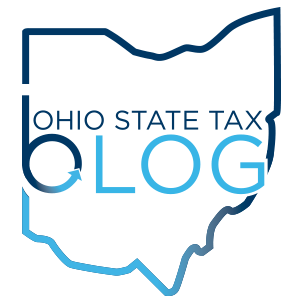Restaurants Under Audit: Tips for Agreeing to Utilize a Test Check
In a previous post, we discussed the increased scrutiny quick service restaurants and others with large reported carry-out orders are facing for under collecting Ohio sales tax. These restaurants under audit must be extremely careful before allowing the Ohio Department of Taxation to conduct a test check or sample audit, as a taxpayer who enters into such an agreement is usually unable to challenge the audit methodology set forth therein.
Two specific items to address in negotiating a favorable method with the Department include site selection and providing for an offset in the calculation. For vendors with multiple locations, site location for the test check will have a significant impact on the ultimate liability since the results from the sample locations will be extrapolated to the remaining locations. The vendor must ensure the sample locations are representative of the whole business. Second, in our experience, the initially proposed sample agreement does not provide a reduction for periods which the statistical analysis results in an overpayment. Under the proposed calculation, if one month results in a $100 liability and the next month results in a $100 overpayment, the Department would ignore the second month and assess a $100 liability. This contravenes the very premise of a statistical sample, which is that some periods will be above the average ratio and some below. Moreover, the purpose of the test check is to measure overall compliance. So, as long as the aggregate results are in-line with the average, no liability should result.
We have extensive experience in helping restaurants navigating through a sales tax audit, including negotiating the terms of the agreement to ensure the test check / sample audit reflects the restaurant’s actual operations and to avoid inequitable results, as well as minimize penalties.
